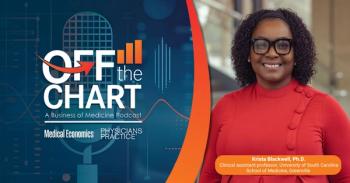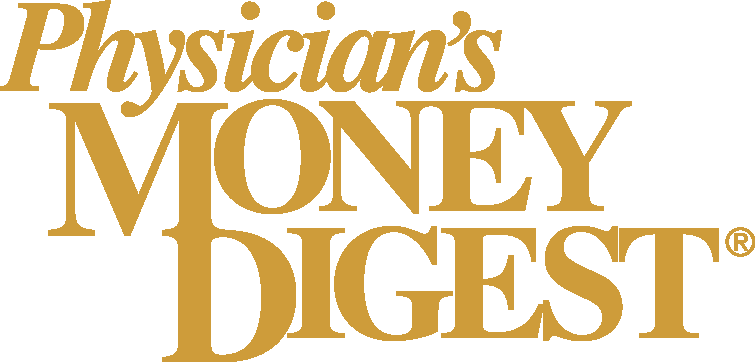
Pediatricians in direct primary care report less burnout, greater satisfaction, despite early pay cuts
Key Takeaways
- Pediatricians in DPC report higher happiness and reduced burnout due to smaller panels, autonomy, and improved work-life balance.
- Most DPC practices are solo, with fewer than 200 patients, allowing for more time with families and low overhead.
Survey finds small practices deliver high satisfaction and deeper patient relationships.
A
In the first large-scale look at pediatric DPC nationwide, researchers surveyed 73 doctors across 26 states and found that nearly all (94%) say they’re happier in their
“Nearly all physicians reported being happier in their DPC practice than in their prior job,” the study authors wrote. “Physicians cited meaningful patient relationships, greater autonomy and improved work-life balance as key benefits.”
The findings, published May 27 in
Small panels, big impact
The majority of practices surveyed were lean by design. Eighty-five percent were single-doctor offices and 47% had no support staff at all. Most were located in suburban or rural areas, and 79% cared for fewer than 200 patients. Panel size grew with practice age, but the average remained well below traditional models.
That low-volume approach — enabled by DPC’s membership-based structure — lets doctors spend more time with each family, skip insurance billing and keep overhead low.
Pay drops early, but rebounds later
Financially, DPC remains a mixed bag, especially in the early stages. Roughly 73% of respondents said they earned less in DPC than in their previous role. Among those whose practices had been open at least three years, 65% said their income was the same or higher.
Monthly fees ranged from $25 to $400, with most practices charging between $101 and $150. Seventy percent of surveyed physicians said they provide care for children insured by Medicaid. Many also offer home visits, on-demand services and in-house lab testing — benefits that aren’t always covered in traditional fee-for-service pediatric care.
Happiness and healing
Asked to compare their emotional well-being in DPC to previous roles, 94% of pediatricians said they were happier, and more than half (53%) described themselves as “far more happy.” Just one respondent said they were less happy.
Physicians also reported dramatic drops in moral injury. Eighty-nine percent said they felt less or far less of it than before. None said it had gotten worse.
Vacation time was another area of improvement. Among those whose practices had been open for longer than a year, 40% said they now take four weeks off annually, and 59% felt that amount was “about right.”
When asked if they’d ever consider going back to fee-for-service pediatrics, only two respondents said yes.
Still, pediatric DPC isn’t without its challenges. In open-ended responses, doctors cited financial uncertainty,
Compared to adult-focused DPC practices, pediatric models tend to have smaller panels, higher monthly fees and more frequent home visits. Because of those differences, the authors suggest distinguishing pediatric DPC as its own category — “Direct Pediatric Care.”
They also call for additional research into the long-term outcomes of these practices and whether they’re truly accessible to lower-income families.
For now, the data points to a model that offers relief from many of the pressures facing today’s pediatricians. For many doctors, smaller panels,
Newsletter
Stay informed and empowered with Medical Economics enewsletter, delivering expert insights, financial strategies, practice management tips and technology trends — tailored for today’s physicians.
















